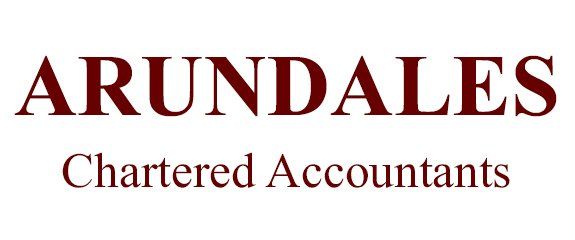CAPITAL GAINS TAX: GETTING PRIVATE RESIDENCE RELIEF
If all else fails, two thousand bottles of wine might clinch the deal.
For most people, getting the Capital Gains Tax (CGT) exemption known as Private Residence Relief (PRR) on the sale of their main residence is unproblematic. Broadly, PRR should be straightforward where:
- you have occupied the property as your main residence for the entire time you have owned it
- have not let part of it out
- have not used one part exclusively for business
- the grounds, including all the buildings, are less than about 1.25 acres
- you are UK resident for tax purposes
- and did not purchase in order to make a profit.
Whether one couple, Mr and Mrs Eyre, ticked all the right boxes was recently decided in a dispute over PRR on the sale of a house in Chelsea, purchased for just under £10 million, and sold - after a far from average refurbishment - for £27,750,000. The original house was demolished, with another built in its place. The new house boasted a car stacker for classic cars, and swimming pool featuring ‘unbelievably expensive’ marble. The Eyres moved in during 2013, and sold in 2015. HMRC raised assessments for £3.3 million, arguing that the transaction was a venture in trade; and the house not the main residence.
The Tribunal disagreed. It held that the house had been purchased to live in, and that the period in which the Eyres lived there bore the hallmarks of genuine residence. The Eyres were on the electoral roll there, had their post redirected, and were liable for council tax there. The highly personalised refurbishment helped: it seemed unlikely that 2,000 bottles of Château Montrose would have been moved into the Chelsea cellar had the Eyres meant to sell and move on.
We are always pleased to advise on PRR – whatever you happen to have in your cellar.



